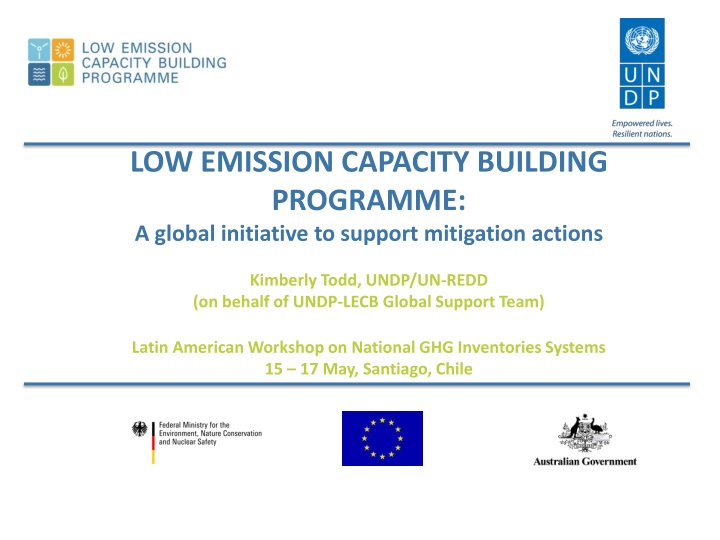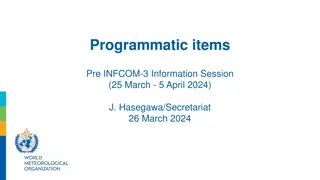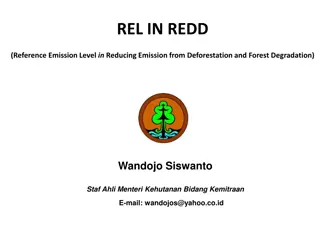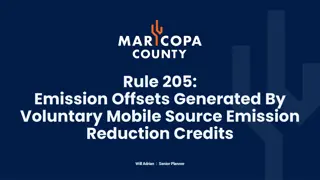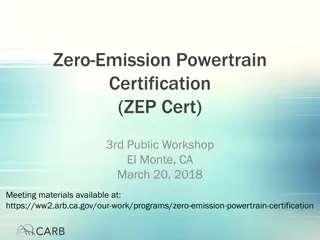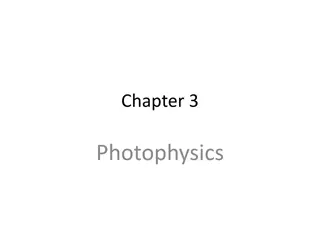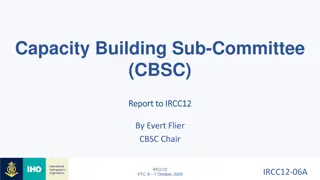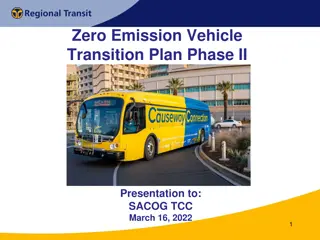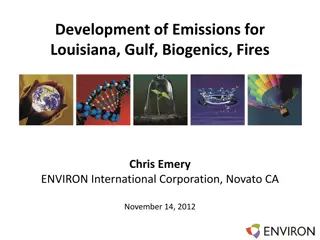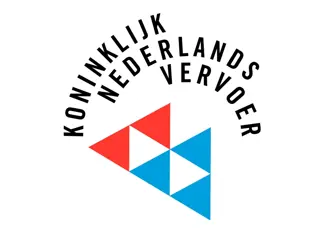Global Low Emission Capacity Building Programme Overview
The Low Emission Capacity Building Programme is a global initiative by UNDP aimed at enhancing capacities for designing and implementing Low Emission Development Strategies and national mitigation actions in various sectors. It includes components like GHG inventory management, NAMAs, LEDS, MRV, and focuses on selected industries in different countries across Asia, Africa, Latin America, Arab States, and Europe. The programme, spanning 72 months from 2011 to 2016, targets 25 countries and has two phases with specific country distributions. It emphasizes public and industry engagement, with milestones set for progress evaluation and knowledge sharing.
Download Presentation

Please find below an Image/Link to download the presentation.
The content on the website is provided AS IS for your information and personal use only. It may not be sold, licensed, or shared on other websites without obtaining consent from the author.If you encounter any issues during the download, it is possible that the publisher has removed the file from their server.
You are allowed to download the files provided on this website for personal or commercial use, subject to the condition that they are used lawfully. All files are the property of their respective owners.
The content on the website is provided AS IS for your information and personal use only. It may not be sold, licensed, or shared on other websites without obtaining consent from the author.
E N D
Presentation Transcript
LOW EMISSION CAPACITY BUILDING PROGRAMME: A global initiative to support mitigation actions Kimberly Todd, UNDP/UN-REDD (on behalf of UNDP-LECB Global Support Team) Latin American Workshop on National GHG Inventories Systems 15 17 May, Santiago, Chile Afficher l'image en taille r elle
Programme Basics Objective: Build capacities to design and implement Low Emission Development Strategies and national mitigation actions in the public and/or private-industrial sectors. Embedded in UNDP Low Emission, Climate Resilient Development Strategies Team. Programme components: GHG inventory management systems Nationally Appropriate Mitigation Actions (NAMAs) Low-Emission Development Strategies (LEDS) Measurement, Reporting and Verification (MRV) Mitigation actions in selected industries
Programme Basics Programme Duration 72 months (1 Jan 2011 31 Dec 2016) Total number of countries 25 Geographic Scope/ Country Distribution Asia Africa LAC Arab States Europe/ CIS 7 6 8 3 1 Phase I Countries Argentina, Chile, China, Colombia, DRC, Ecuador, Egypt, Kenya, Mexico, Morocco, Peru, Philippines, Uganda, and Zambia Phase II Countries Bhutan, Costa Rica, Ghana, Indonesia, Lebanon, Malaysia, Moldova, Tanzania, Thailand, Trinidad and Tobago, Vietnam
Programme Basics Geographic Scope: 25 countries in 5 regions Malaysia, Thailand, Chile, Peru, Costa Rica, Vietnam, Morocco, Lebanon DRC, Kenya, Tanzania, Uganda, Zambia, Bhutan, Philippines, Colombia, Ghana, Ecuador, Moldova, Trinidad and Tobago Public Both with Strong Emphasis on Industry Both with Strong Emphasis on Public China, Indonesia, Mexico, Egypt, Argentina
Programme Milestones January 2011 officially launched (Phase I) January 2012 expanded to include 10 additional countries thorough additional contributions December 2012 additional contributions to provide enhanced support through NAMA Net and additional funding to countries for new areas of work and more detailed assessment in given areas Interim results/progress are expected to be provided on annual basis for lessons learned and identify preliminary findings Programme officially ends in 2016
Global Support Team offers support via: Support to countries and programme management Global support unit: Four staff (manager, two technical specialists and KM analyst), located at UNDP HQ in New York UNDP Regional Service Centres: LAC, Africa, Asia UNDP country offices Types of support Targeted backstopping (in-country and on-line) Sharing of best practices and lessons learned Roster of experts Guidance documents (templates and technical guidance on thematic areas) Partnerships with Centers of Excellence/Regional Networks Exchange workshops and thematic trainings South-south/north-south knowledge exchange
Sectoral Country Mapping Sector Selection Industry: Cement Iron/steel Bricks Fertilizer Chemicals Aluminum, others
The LECB Programme supports innovation Mexico: addressing industries (chemicals and mining) that are not typically involved in GHG emission reduction efforts Chile: voluntary carbon management programme for businesses (e.g. Carbon footprint standards) Peru: addressing chain value of the construction industry Colombia: develops key components of the Colombian Low Carbon development Strategy-CLCDS in full integration with MAPS Ecuador: develops the national climate change mitigation plan Argentina: develops GHG inventories and NAMAs for the fertilizer value chain. Costa Rica: GHG inventory systems for the transport sector and dairy industry.
GHG systems a key area of work in the LECB Programme Key issues to consider: Focus in the LECB Programme is on the development of GHG inventory systems and not the preparation of the GHG inventories Basis for all areas of work under the LECB: NAMA, LEDS, MRV, mitigation actions in industries Solid inventory systems (national, sectoral, facilities) are needed for the design of MRV and monitoring of NAMA and LEDS. Coordination with other related projects: National Communication Support Programme, UN-REDD, etc.
GHG Inventory Support under UN-REDD Outcome 1: REDD+ countries have systems and capacities to develop and implement MRV and monitoring Technical support to country-level implementation and capacity development Provide training and tools to countries to improve capacity for operation of sustainable GHG inventory systems and preparation of comprehensive GHG inventories, in collaboration with related internal programmes and external partners, where applicable Provide technical backstopping for UN-REDD partner countries preparing National GHG inventories as part of National Communications, in collaboration with related internal programmes
Recent Examples of GHG Inventory Activities AFOLU GHG Inventory kick-off in Ecuador (18 21 March 2013) Joint effort across agencies and initiatives: UN-REDD, FAO-MICCA, UNDP/LECB (FOCAM) CD-REDD to support capacity development on GHG inventory implementation with focus on AFOLU Starting to facilitate the national GHG inventory system Identify core AFOLU team across ministries, institutions Consideration of available data and institutional/procedural arrangements needed to access and compile this for the GHG inventory UNDP/US EPA Webinar (10 April 2013) Audience: LECB/UN-REDD countries in Africa Presented the US AID/US EPA s 2011 Template Workbook: Developing a National Greenhouse Gas Inventory System and the Excel-based Key Category Analysis (KCA) tool
Thank You Kimberly Todd Kimberly.todd@undp.org Website: http://www.un-redd.org
